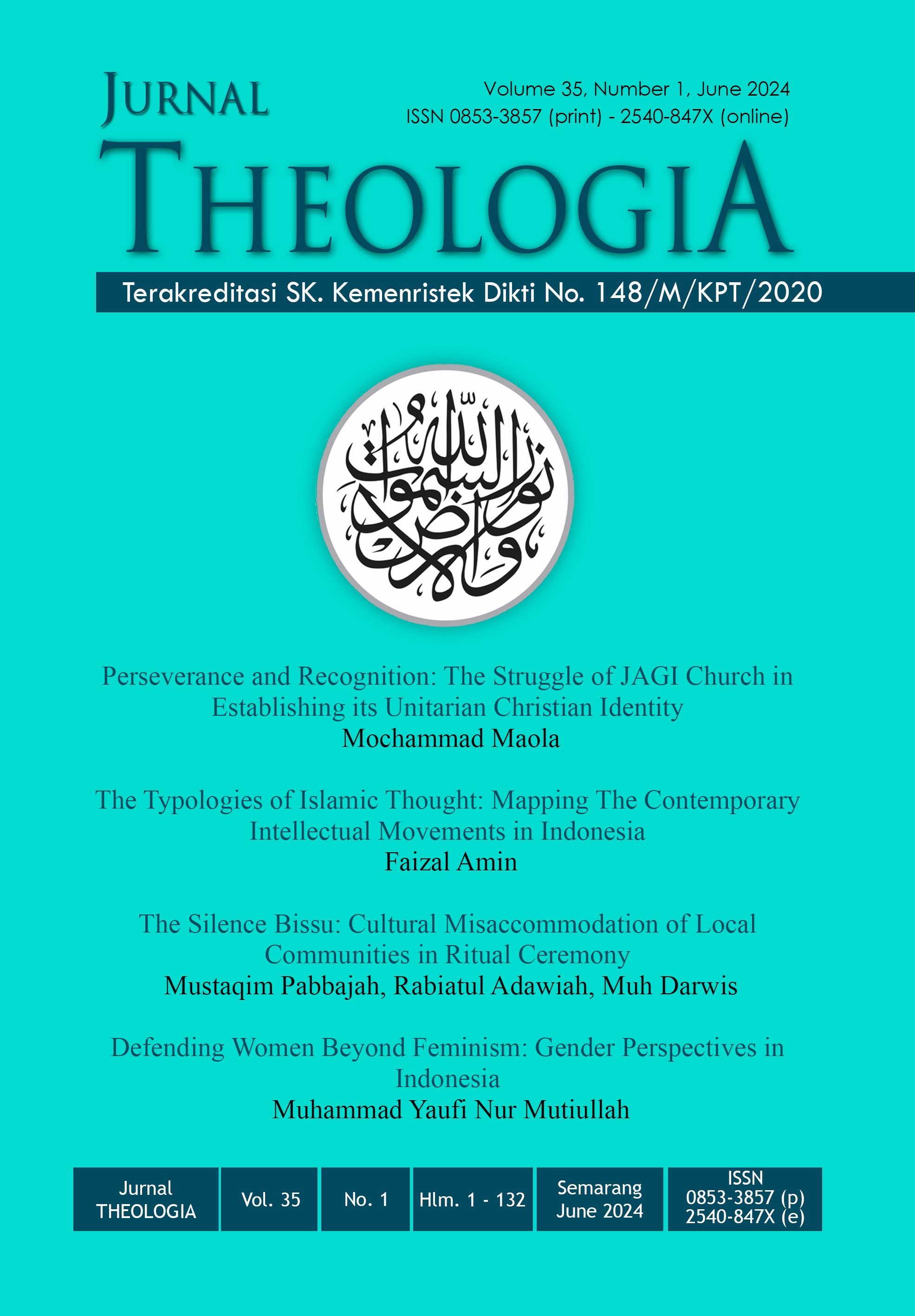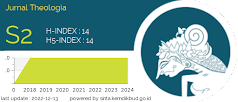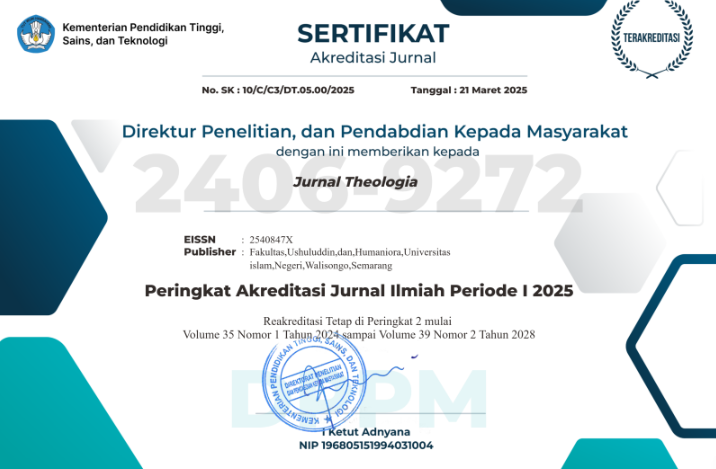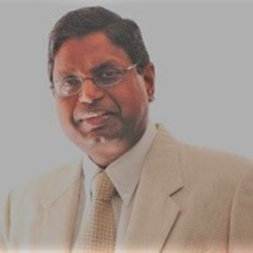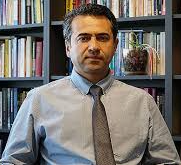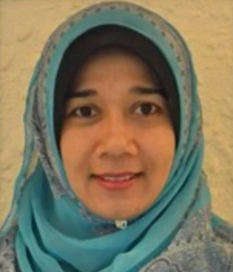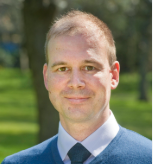Fake Sacred Tomb Business in The Coastal Areas of West Kalimantan in The Era of Regional Autonomy
DOI:
https://doi.org/10.21580/teo.2024.35.2.21495Keywords:
Business,, Fake Sacred Tomb, Regional Autonomy, West Kalimantan Coastal AreaAbstract
In the coastal areas of West Kalimantan, several new sacred tombs have recently become the subject of community discussions, first emerging around 2020. This study seeks to uncover the existence of these tombs and reveal the underlying facts so that the true events can be accurately explained. To achieve this, the study employed qualitative methods and a phenomenological perspective to address the research focus. Data were collected through observations at the research sites and interviews with relevant stakeholders. All data were validated using member-checking techniques to ensure accuracy and credibility. Subsequently, the data were analyzed in detail, developing concepts that explain the actual events. The study’s findings indicate that business activities drive the emergence of these new sacred tombs. Among the tombs identified are the tomb of Hasan in Pontianak, Muhammad in Kubu Raya, Usman in Mempawah, and the Nine Sacred Tombs in Ketapang. These tombs have been established based on the claims of individuals who assert their origin from dreams and/or supernatural events rather than from historical evidence. The analysis suggests that the context of Regional Autonomy plays a significant role, as it reflects a policy trend of developing sacred tombs for pilgrimage into religious tourism aimed at boosting the regional economy. This policy has seemingly inspired the creation of fake sacred tombs, which copy well-known tombs that are centers of religious tourism. The business activities surrounding these fraudulent tombs include selecting tomb sites, socialization, promotion, site management, and the economic benefits of pilgrim donations. The phenomenon of new sacred tombs is not unique to West Kalimantan but is also observed in other regions of Indonesia. Given the scope of this trend, further research is needed to provide a comprehensive explanation of the emergence of these new sacred tombs to enlighten the community.
Downloads
References
Alamsyah. 2015. “Makam Keramat Palsu di Pelabuhanratu Dibongkar Polisi”. News.detik.com. Agustus 7. Accessed from https://news.detik.com/berita/d-2986400/makam-keramat-palsu-di-pelabuhanratu-dibongkar-polisi
Alf. 2015. “Juru Kunci Makam Bukit Sekupang, Sugeng: Saya Didatangi Sosok Dalam Mimpi”. Www.batamnews.co.id. Mei 7. Accessed from https://www.batamnews.co.id/berita-2067-juru-kunci-makam-bukit-sekupang-sugeng-saya-didatangi-sosok-dalam-mimpi.html.
Aldyan. Rizal Akbar. 2020. “The Commodification of Religious Tourism in the Tomb of Sunan Kudus”. Cultural Tourism Research 2(7): 32-42. DOI: http://dx.doi.org/10.17613/nx9e-3a27.
Ali. 2020. “Puluhan Makam Palsu di Tabalong Dihancurkan”. Kalselpos.com. Agustus 5. Accessed from https://kalselpos.com/2020/08/05/puluhan-makam-palsu-di-tabalong-dihancurkan.
Anonymous. 2016. “Makam Batu Layang, Pusat Ziarah dan Wisata Religi di Pontianak”. Minanews.net. November 15. Accessed from https://minanews.net/makam-batu-layang-pusat-ziarah-dan-wisata-religi-di-pontianak.
Anonymous. 2021. “MUI Nyatakan Palsu, Kuburan Sepanjang 12 Meter Dibongkar”. Rakyatsumbar.id. Mei 9. Accessed from
Anwar, Muhammad Fahrizal dkk. 2017. “Analisis Dampak Pengembangan Wisata Religi Makam Sunan Maulana Malik Ibrahim dalam Kehidupan Sosial dan Ekonomi Masyarakat Sekitar”. Jurnal Administrasi Bisnis 44(1), 186-193. Avalable at https://media.neliti.com/media/publications/87795-ID-analisis-dampak-pengembangan-wisata-reli.pdf.
Anwar, M. Arief. 2019. “Kajian Pengembangan Wisata Religi di Kabupaten Banjar Kalimantan Selatan”. Jurnal Kebijakan Pembangunan 14 (2): 179-190. DOI: 10.47441/JKP
Arif, Masykur. (2016) Wali Sanga. Yogyakarta: Laksana.
As, Asmaran. (2018) ” Membaca Fenomena Ziarah Wali di Indonesia: Memahami Tradisi Tabarruk dan Wassul” Al-Banjari, 17 (2), 173-200. DOI: 10.18592/al-banjari.v%vi%i.2128
Balarama, Arga. 2022. “Dugaan Makam Wali Abal-Abal di Kalicutang Terbukti Tidak Berijin, Audiensi Permintaan PKP di Sekda Wonosobo Tidak Menuai Hasil”. Metrotimes.news. Maret 7. Accessed from https://metrotimes.news/breaking-news/dugaan-makam-wali-abal-abal-di-kalicutang-terbukti-tidak-berijin-audiensi-permintaan-pkp-di-sekda-wonosobo-tidak-menuai-hasil
Denzin, Norman dan Yvonna S Lincoln. 2009. Handbook of Qualitative Research, terj. Dariyatno dkk. Yogyakarta: Pustaka Pelajar.
Dewa. 2021. “Makam Para Wali Palsu Gegerkan Warga Sajira Lebak”. Www.bantenraya.com. Mei 23. Accessed from https://www.bantenraya.com/daerah/pr-1271103182/makam-para-wali-palsu-gegerkan-warga-sajira-lebak?page=2.
Diana. 2016. “Wow, Kuburan Berusia 97 Tahun Ini Mengelurkan Cahaya Saat Malam”. www.dream.co.id. April 25. Accessed from https://www.dream.co.id/stories/kuburan-berusia-97-tahun-ini-mengeluarkan-cahaya-saat-malam-160425f.html.
Dinas Pendidikan Pemuda Olah Raga dan Pariwisata. 2020. “Penyusunan Sistem Informasi Database Pariwisata dan Kebudayaan Kabupaten Mempawah”. Accessed from https://mempawahtourism.com/admin/file/lampiran/MAKAM%20%20KERAMAT%20%20SITI%20SA'DIAH.pdf.
Ekarina. 2021. “Berwisata Religi ke Makam Pendiri Kota Pontianak”. Katadata.co.id. Mei 10. Accessed from https://katadata.co.id/ekarina/berita/6098e72d0c5b3/berwisata-religi-ke-makam-pendiri-kota-pontianak.
Furqan, Syihabul. dkk. 2021. “Ekowisata dan Wisata Religius sebagai Relasi antara Manusia, Alam dan Tuhan”. Journal of Community Services in Tourism 2(1): 1-12.
Ibrahim, Jemi. 2020. “Ziarah ke Makam Batu Layang, Kenang Pendiri Kota Pontianak”. www.pontianakkota.go.id. Oktober 22. Accessed from https://www.pontianakkota.go.id/pontianak-hari-ini/berita/Ziarah-ke-Makam-Batu-Layang,-Kenang-Pendiri-Kota-Pontianak.
Johannes Veth, Peter. Bornoe’s Westerafdeeling: Geographisch, Statistisch, Historisch, Deel I dan II. Zaltbommel: tanpa penerbit, 1854.
Kiwi. (2017) “Pontianak Rancang Pengembangan Sektor Wisata Religi” Suara Pemred, Juli 18. Available at https://www.suarapemredkalbar.com/read/ponticity/16052017/pontianak-rancang-pengembangan-sektor-wisata-religi.
Maziyah, Siti dan Rabith Jihan Amaruli. (2020) “Walisanga: Asal, Wilayah dan Budaya Dakwahnya di Jawa”. Endogami: Jurnal Ilmiah Kajian Antropologi, 3 (2), 232-239. DOI: https://doi.org/10.14710/endogami.3.2.232-239
Mujib, Abdul. (2020) “Culture in Da’wa Wali Songo”. Ri`ayah, 5, (1), 65-72. Available at: https://e-journal.metrouniv.ac.id/index.php/riayah/article/view/3017
Mundzirin, Achmad. (2016) Ziarah Makam Tujuh Keramat di Idul Fitri. Equator.co.id. Available at https://equator.co.id/ziarah-makam-tujuh-keramat-di-idul-fitri.
Naililhaq, F.N. (2019). “Kearifan Lokal Bertajuk Religi dalam Mite Gunung Tidar: Kajian Antropologi Sastra”. Jurnal Pendidikan Bahasa dan Sastra, 20(1), 61-70. DOI: https://doi.org/10.17509/bs_jpbsp.v20i1.25972
Mujib, Abdul & Nikmatul Masruroh. 2018. “Konsep Komoditi: Studi Komparasi Pemikiran Karl Marx, Weberian, dan Ekonomi Islam”. Al-Iqtishodi 5(1): 173-200.
Oxtora, Rendra. (2017) “Kerajaan Kubu Gelar Haul Ke-229 Raja Kubu” Antarakalbar, Agustus 20. Available at https://kalbar.antaranews.com/berita/351210/kerajaan-kubu-gelar-haul-ke-229-raja-kubu.
Pemerintah Kabupaten Kubu Raya. ( 2021) Available at https://kuburayakab.go.id/seputar-kuburaya/berita/selat-remis-desa-pemajuan-kebudayaan
Peraturan Daerah Provinsi Kalimantan Barat No. 3 Tahun 2018 Tentang Rencana Induk Pembangunan Pariwisata Daerah Tahun 2017-2032.
Raco, J. . (2010). Metode Penelitian Kualitatif Jenis, Karakteristik, dan Keunggulannya. Grasindo.
Rahman, Andi. (2016). “Komodifikasi Agama: Sebuah Kajian Tafsir Fenomenologis”. Hermeneutik: Jurnal Ilmu Al Qur’an dan Tafsir 10(2): 101-115.
Rijali, Ahmad. (2018). “Analisis Data Kualitatif” Alhadharah 17(33): 81-95.
Rosyid, Moh. 2014. “Destinasi Wisata Religi: Solusi Peningkatan Perekonomian Pelaku Wisata di Kudus”. Jurnal Bisnis dan Managemen Islam 2(2): 42-60. DOI: http://dx.doi.org/10.21043/bisnis.v2i2.5266.
Suhardadi. 2022. “Resahkan Warga, Aparat Desa Bersama TNI dan Kemenag Bongkar Nisan Makam Keramat Palsu”. Dutatv.com. April 5. Accessed from https://dutatv.com/resahkan-warga-aparat-desa-bersama-tni-dan-kemenag-bongkar-nisan-makam-keramat-palsu
Suryani, Ellyas. dkk. Sejarah Mempawah dalam Cuplikan Sejarah. Mempawah: Yayasan Penulis 66 Kalimantan Barat, 2001.
Suryani, Yulie & Vina Kumala. (2021) “Magnet Wisata Religi Sebagai Perkembangan Ekonomi Masyarakat di Kurai Kabupaten Padang Pariaman”, Jurnal Inovasi Penelitian, 2 (1). Juni, 1. Available at https://stp-mataram.e-journal.id/JIP/article/download/608/513.
Undang-Undang Republik Indonesia Nomor 10 Tahun 2009 Tentang Kepariwisataan
Zaenurrosyid, A. 2016. “Komodifikasi Agama Dalam Islamic Tourism Dan Aktivitas Ekonomi”. Islamic Review 5(1): 109-123. DOI: https://doi.org/10.35878/islamicreview.v5i1.106
Zain. M, 2021. “Kisah Makam Keramat di Pulau Temajo Mempawah: Tak Tergerus Ombak dan Pasang Laut”. Kumparan.com. Juni 7. Accessed from https://kumparan.com/hipontianak/kisah-makam-keramat-di-pulau-temajo-mempawah-tak-tergerus-ombak-dan-pasang-laut-1vtXgbMiltt/full
Zaldi, Aries. (2016) “Pemkab Mempawah Kembangkan Sektor Pariwisata” Antarakalbar, Oktober 26. Available at https://kalbar.antaranews.com/berita/344253/pemkab-mempawah-kembangkan-sektor-pariwisata.
Downloads
Published
How to Cite
Issue
Section
License
Copyright (c) 2025 Jurnal Theologia

This work is licensed under a Creative Commons Attribution-NonCommercial-ShareAlike 4.0 International License.

